
When it comes to fantasy football, using the past to predict the future is something I love to do, especially when it comes to taking an analytical approach. While nothing is a perfect science when it comes to predicting sports, we know that if we can find someone in our drafts to repeat the success of certain players from last year, such as Jonathan Taylor, Cooper Kupp and Ja’Marr Chase, or avoid the disappointments from others, we will definitely have an advantage.
This “Deja Vu” series will explore trends, metrics and statistics from last season that might indicate which players can repeat some of the outcomes we saw from last year.
For our first article, let’s start off hot by taking a look at last year’s league-winning RB1, and let’s dive deep to find out, “Who is this year’s Jonathan Taylor?” The criteria for being this year’s JT is simple: Be a running back who is being drafted outside the top 10 overall, not a consensus top-5 RB, and finish as this season’s RB1 in PPR formats.
First, let’s talk a little bit about the performance of Taylor and how he was viewed in the preseason during draft time last year.
Coming into last year, JT definitely had some hype, as he jumped into first-round consideration following his rookie season which showed some major bright spots but also included some inconsistencies. Toward the end of draft time, Taylor was being drafted in the 12-15 range with an ADP of 13.5 and was the 11th RB off the board. Obviously, this is a major value, getting the top RB of the year as the 11th of the board. Last year was extremely RB-heavy in the first round, as just three non-RBs were being drafted in the top 15. However, this year we currently have six non-RBs inside the top 15 of ADP, which instantly points to a key difference when looking for this year’s Jonathan Taylor.
To give a little bit of context as to what it takes to finish as RB1, let’s take a look at RB1s over the last five seasons:
- 2021 – Jonathan Taylor
- 2020 – Alvin Kamara
- 2019 – Christian McCaffrey
- 2018 – Saquon Barkley
- 2017 – Todd Gurley
Now, let’s talk about some of the similarities between these players and their seasons. Jonathan Taylor is actually a bit of an outlier when it comes to the receiving production. Since 2017, only four RB1 finishers failed to see more than 80 targets, and just two of them (Dalvin Cook and Derrick Henry in 2020), saw fewer than 68 targets. This tells me that at least some receiving upside is going to be an absolute advantage in having RB1 upside.
Next is touchdown upside. The last player to finish as RB1 without scoring more than 12 total TDs was Le’Veon Bell in 2014, and since 2017, every RB1 has scored 11 or more rushing TDs. With major event scoring upside being so crucial when it comes to TDs, having this happen often is vital when it comes to being RB1.
Since 2017, Alvin Kamara is the only RB1 to not have at least 260 rushing attempts, but he was obviously a different beast in 2020, as he also had the most targets per game among RBs that year. It should be no surprise that volume is a key indicator of RB1 upside. However, these numbers are often not predictive year-to-year, as injuries, age, team situations, etc can cause major changes. This is the case for everything, but especially touches, so it is important to try to predict volume as much as possible rather than rely on historical data.
Another thing these RBs had in common were average-to-elite offensive lines. Saquon was the outlier in this area, as the Giants had the 20th-best offensive line. Every RB also had average at-best QB play. Alvin Kamara had the best QB of this bunch with Drew Brees in his final year back in 2019, but Brees played just 12 games and also had his lowest QBR in three seasons that year. Lastly, almost every RB played on a team that scored points at an above-average rate. The Panthers in 2019 were the only team that hosted an RB1 to not be inside the top 15 in offensive points per game.
Let’s talk about our RB1 characteristic wish list. When it comes to looking for an RB, we want someone who can check most, if not all of these boxes. Now, checking all of these boxes is not automatically going to lead someone to have RB1 upside, and obviously, there will be players who we simply get wrong in terms of checking certain boxes.
- Receiving upside, preferably someone who has 80+ target upside
- TD upside, this not only falls on the RB but the team as well
- Rushing volume
- Strong offensive line
- Inconsistent QB play
- Plays on an offense capable of scoring points
Before we go further, I want to address why I am looking at RBs who might have inconsistent QB play as a bump for their RB1 upside. There’s a thin line between having inconsistent QB play and still being able to generate points on offense. The big reason is that volume is so crucial, and with teams that have inconsistent QB play, it likely means they will want to rely and lean on their RB.
The Candidates
Najee Harris, Pittsburgh Steelers
Najee Harris is a name that comes to mind, but he is being drafted a bit too early to fit the Jonathan Taylor mold to a tee. But let’s sort through his qualifications. We know he checks the volume boxes, as he had nearly 400 touches last season (307 carries and 74 targets). We can also expect an inconsistent QB in Pittsburgh with Mitch Trubisky and Kenny Pickett jockeying for the job. However, I don’t think we can lock them in as having bad enough QB play to prevent them from scoring points. Considering some of the changes their team made, as well as the division they are in, having a Vegas implied win total of seven games points toward a viable offense. Conversely, let’s talk about the big flaws here for Harris. Unless we are expecting Trubisky/Pickett to be an upgrade over Ben Roethlisberger (which is definitely a possibility), it feels difficult to assume the Steelers can improve a ton from their 21st-ranked points per game offense in 2021. Another big flaw is the offensive line. Our own Dan Fornek has the Steelers all the way down at 23rd in his offensive line rankings. In order for Harris to check all our boxes, we would need him to overcome the Steelers’ offensive line problems and for the new QB to improve their overall scoring upside.
Saquon Barkley, New York Giants 
Saquon Barkley fits the mold from an ADP perspective, as his ADP has dropped all the way down to RB12 this season, one lower than where Taylor was last season. Now, when looking at Barkley’s 2021 season, you might be able to argue that a lot of these boxes are unchecked. He did not hit any of the volume quotas (even on a per-game basis to account for him playing just 13 games). However, in a year where Barkley is fully healthy, it is still hard to see him not being heavily involved. In 2019, Barkley saw 217 carries and 73 targets in just 13 games, while in 2018 (his RB1 season), he saw 261 carries and 121 targets. So when considering the upside, I am going to check the volume boxes for Barkley, as my faith in him being a workhorse when healthy is still there. Inconsistent QB play is definitely a checked box with Daniel Jones, although I do like him to take a step forward this year. That likely won’t result in him being a top-7 QB, though.
Now for the missed boxes:
TD upside: Barkley had just four total TDs in 13 games last year (although this can also correlate with the volume boxes, so I wouldn’t write this off as a complete miss).
Offensive line play: Fornek has the Giants ranked 24th in his offensive line rankings.
Offense capable of scoring points at an above-average rate: I actually think the Giants can flip the script on this one as well. They ranked 28th in offensive PPG last season, but Jones was injured for the majority of the year, and I expect big things with the new coaching staff for the Giants.
Alvin Kamara, New Orleans Saints
Alvin Kamara would actually be “This Year’s Jonathan Taylor”, but with question marks around his availability this season, it is difficult to consider him as having RB1 upside when there is a very real chance he misses six games. He fits a lot of the boxes though. He has a solid offensive line, inconsistent QB play, receiving volume (enough to offset his lower rushing volume) and an offense capable of scoring (Saints were 18th in offensive points last year with easily one of the worst WR groups in the NFL). Kamara would almost fit the mold perfectly, but again, his possible suspension leaves him out of contention for now. But he is still someone I like quite a bit in drafts where he slides down the board.
A few other candidates who checked a few boxes were Austin Ekeler, Aaron Jones and Antonio Gibson. But without further stalling, let’s get to this season’s Jonathan Taylor.
This Year’s Jonathan Taylor
The pick for this year’s RB1 is… D’Andre Swift. Let’s first talk about the boxes we know Swift checks. Receiving upside is an easy check here. Swift had 78 targets in just 13 games last season, and that resulted in 62 catches for 452 yards and two TDs. We also can expect a very strong offensive line for the Lions, as Dan Fornek has them as the fifth-ranked offensive line this season. The Lions had a strong line last season, and that was with their center Frank Ragnow sidelined for all but four games. Having him back is a huge upgrade, as Fornek dubs Ragnow “one of the best centers in the NFL.”

Inconsistent QB play is a check. Jared Goff has covered all spectrums of the performance scale in this career, so while he has had some solid performances over the last couple of years, we can expect inconsistency from Goff this year. When you look at Swift’s 2021 numbers, you may be nervous about checking the TD upside box, as he had just seven total TDs in 13 games. However, in 2020 he scored 10 times with eight via the ground despite being on a team that had Adrian Peterson fall in the end zone seven times. In order for Swift to REALLY check all of the boxes here, it does take a slight leap of faith with this Lions team, but they have me feeling very confident, and Vegas gives them an implied win total 2.5 higher than last season. Detroit was 22nd in offensive points per game last season, but in their final five games, they were all the way up to seventh in that category despite missing Swift for three of those games and tight end T.J. Hockenson for five. They went out and added DJ Chark and Jameson Williams to their WR group in the offseason, which was absolutely putrid last season outside of Amon-Ra St. Brown.
The final leg to this is the rushing volume. It is true that Swift is yet to see more than 151 carries in a season, but I do think health played a part in that, as Swift missed four games last year and was limited early in the season. He also saw just 11 carries total in the final two games of the year, likely because they did not matter. But we saw him carry the ball 12+ times in eight of his 12 healthy games (he left one early due to injury). If he accounts for 12 carries per game and is able to stay healthy, that puts him at 200+ carries. And if he averages six targets per game again, that sets him at 102 targets, eerily similar volume numbers to Alvin Kamara back in 2020.
Obviously health plays a major part in being the top scorer at any position, so that might take a bit of good fortune. But if we can get that from Swift, I love his role, situation and usage. I believe he has a great chance at being the RB1 we all wish we have at the end of the season.
































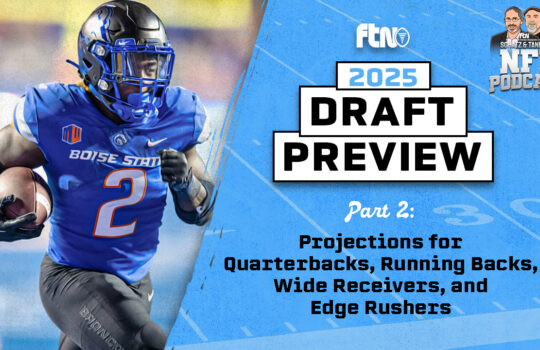

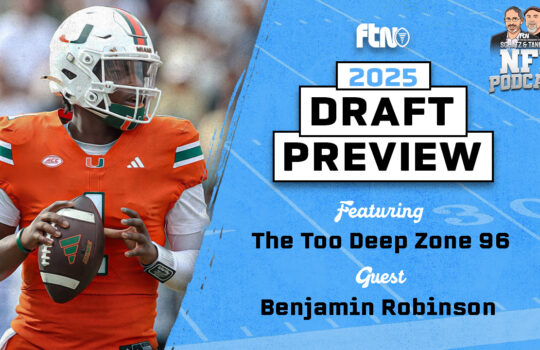









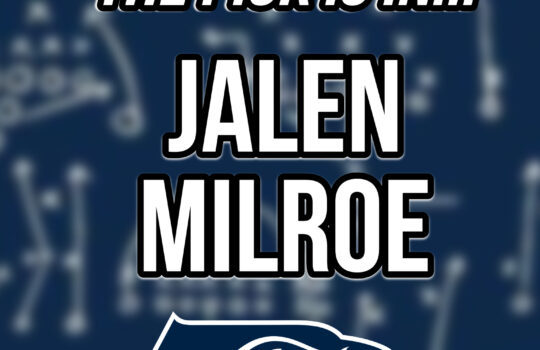

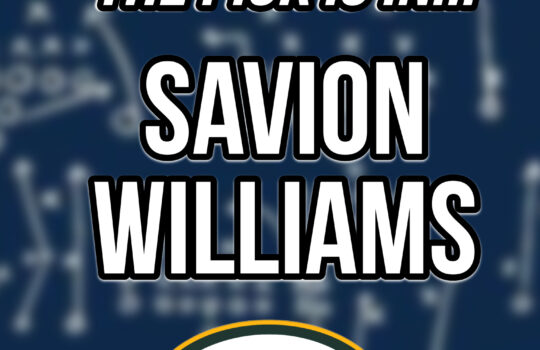
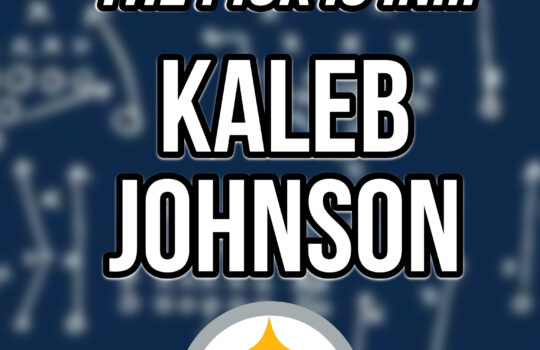

 New York Jets
New York Jets  New England Patriots
New England Patriots  Miami Dolphins
Miami Dolphins  Buffalo Bills
Buffalo Bills  Pittsburgh Steelers
Pittsburgh Steelers  Cleveland Browns
Cleveland Browns  Cincinnati Bengals
Cincinnati Bengals  Baltimore Ravens
Baltimore Ravens  Tennessee Titans
Tennessee Titans  Jacksonville Jaguars
Jacksonville Jaguars  Indianapolis Colts
Indianapolis Colts  Houston Texans
Houston Texans  Las Vegas Raiders
Las Vegas Raiders  Los Angeles Chargers
Los Angeles Chargers  Kansas City Chiefs
Kansas City Chiefs  Denver Broncos
Denver Broncos  Washington Commanders
Washington Commanders  Philadelphia Eagles
Philadelphia Eagles  New York Giants
New York Giants  Dallas Cowboys
Dallas Cowboys  Minnesota Vikings
Minnesota Vikings  Green Bay Packers
Green Bay Packers  Detroit Lions
Detroit Lions  Chicago Bears
Chicago Bears  Tampa Bay Buccaneers
Tampa Bay Buccaneers  New Orleans Saints
New Orleans Saints  Carolina Panthers
Carolina Panthers  Atlanta Falcons
Atlanta Falcons  San Francisco 49ers
San Francisco 49ers  Seattle Seahawks
Seattle Seahawks  Los Angeles Rams
Los Angeles Rams  Arizona Cardinals
Arizona Cardinals 
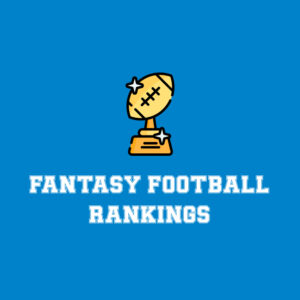
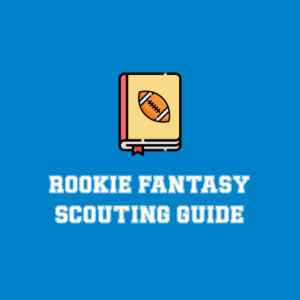




 Boston Celtics
Boston Celtics  Brooklyn Nets
Brooklyn Nets  Philadelphia 76ers
Philadelphia 76ers  New York Knicks
New York Knicks  Toronto Raptors
Toronto Raptors  Chicago Bulls
Chicago Bulls  Detroit Pistons
Detroit Pistons  Milwaukee Bucks
Milwaukee Bucks  Cleveland Cavaliers
Cleveland Cavaliers  Indiana Pacers
Indiana Pacers  Orlando Magic
Orlando Magic  Atlanta Hawks
Atlanta Hawks  Charlotte Hornets
Charlotte Hornets  Miami Heat
Miami Heat  Washington Wizards
Washington Wizards  Denver Nuggets
Denver Nuggets  Minnesota Timberwolves
Minnesota Timberwolves  Oklahoma City Thunder
Oklahoma City Thunder  Portland Trail Blazers
Portland Trail Blazers  Utah Jazz
Utah Jazz  LA Clippers
LA Clippers  Golden State Warriors
Golden State Warriors  Los Angeles Lakers
Los Angeles Lakers  Phoenix Suns
Phoenix Suns  Sacramento Kings
Sacramento Kings  Dallas Mavericks
Dallas Mavericks  Houston Rockets
Houston Rockets  Memphis Grizzlies
Memphis Grizzlies  New Orleans Pelicans
New Orleans Pelicans  San Antonio Spurs
San Antonio Spurs 











